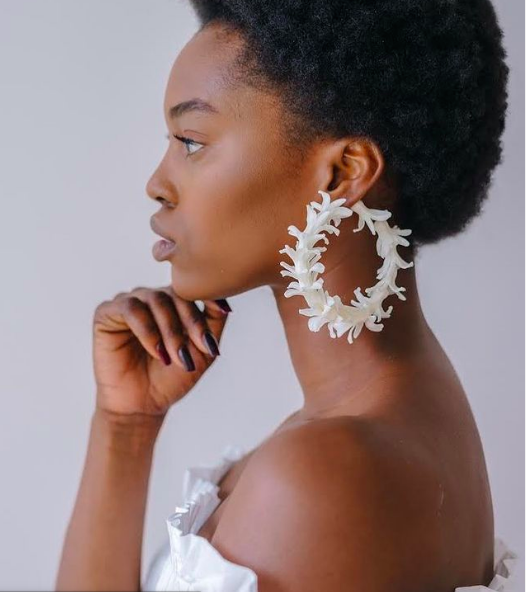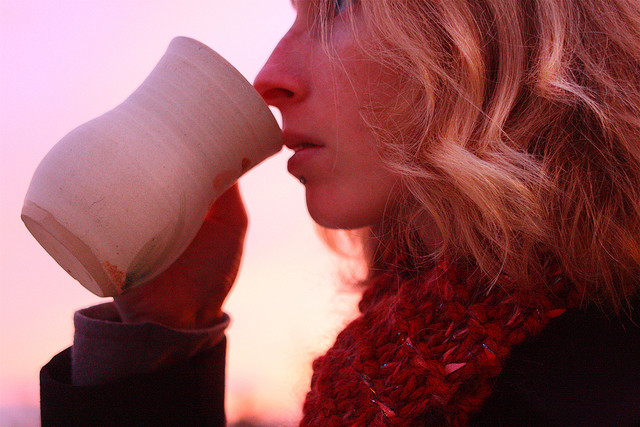
The human fascination with adornment and accessories dates as far back as at least 75,000 years ago, with the discovery of forty-one delicately beaded snail shells in a cave along the southern Cape shoreline in South Africa.
Since then, jewelry has dominated the human world—from the protective amulets of ancient Egypt to the modern-day chunky necklace craze. Monarchs pass down crown jewels, critics rank celebrity jewelry choices, and marriages are bound together with the exchange of rings. These pieces of jewelry are meant to last a lifetime, a type of permanence that makes them both so symbolic and also so dubious from an environmental perspective.
While jewelry historically was difficult to come by, in the post-industrial era one need only stop by the nearest Tiffany & Co, Kay Jewelers, or other local jeweler to find an overabundance of options to add to one’s already overflowing collection.
And while that 24-karat ring might be the perfect addition to your evening-wear outfit, nonprofit organizations such as Earthworks have determined that mining for one gold ring results in 20 tons of waste, cyanide and mercury water pollution, and endangerment to local health and ecosystems. Beyond gold, Brilliant Earth attributes the extraction of blood diamonds as the cause for the destruction of the environment in Angola, leading to soil erosion, deforestation, and river destruction—and this doesn’t even take the plastic jewelry born from the world of fast fashion into account.
With a fashion industry fraught with sustainable ambiguity, it’s difficult to find jewelry that is both sustainable and chic. That’s why the work of Susan McLeary, florist and jewelry designer, introduces an important innovation to the world of accessories: wearable flowers.
A Passion(flower) Is Born
Susan McLeary began her career as a hobbyist jewelry-maker and entered the world of floral design on a whim. Agreeing to assist a friend with her nuptial floral arrangement, McLeary’s work for the wedding led to a lifelong passion for the art of flowers and floral arrangement. In her recent book, The Art of Wearable Flowers, McLeary recalls, “I happened upon a passionflower vine growing on a stone wall, and it was the first time in my adult life that I was completely captivated by a flower…It absolutely mesmerized me, and there I was—entranced and frozen in the moment. I loved that this flower had the power to create pause. Each time I see a passionflower, a sort of calm washes over me and I’m transported back to that sunny stone wall in southern Italy.”
Since then, McLeary has grown to not only create exquisite and intricate floral centerpieces and bouquets, but has also pushed the boundaries of floral design by entering the world of wearables and plant-based jewelry, an act that teaches her the art of slow living and impermanence.
Connecting To The Slower Living Movement
In creating jewelry and wearables that are meant to fade, McLeary describes her creations as an reminder for us “to slow down and enjoy the moment of beauty fully… not worrying about the fact that it’s fleeting.”
This description nods to a greater movement in sustainable culture—the act of slow living. According to Slow Living Summit, slow living is an opportunity to “give back and become more strongly connected to the Earth, to our communities, to our neighbors and to ourselves.” In a world of fast food, fast fashion, fast everything, slow living invites people to live with intention, breath, and peace.
Looking at McLeary’s wearable living jewelry, it is exactly this kind of intention, breath, and peace that her jewelry evokes. Many of McLeary’s projects in her book are pain-staking and slow, but it is the arduous nature of the process that makes the result all the more satisfying. Finding joy in the slow nature of floral design, McLeary recalls her first time arranging flowers, stating, “my fingernails were stained black from the toil, I hadn’t slept or eaten in days, and I was absolutely exhausted; but I had a permanent grin on my face, as I completely connected with the medium of flowers.”
Sourcing Locally & Ethically
Beyond McLeary’s connection to the slow living movement, her work also encourages a sustainable mindset by sourcing flowers locally and in-season. McLeary maintains her own flower garden in her backyard, and what she cannot source from there, she sources from local floral farms in Ann Arbor, Michigan (McLeary’s hometown) in-season, and domestic floral farms off-season.
***
While not everyone’s passion may be wearable floral design, McLeary’s counter-cultural act of creating ephemeral jewelry in a world of permanence, plastic, and packaged food that never ages should inspire us to find our medium that returns us to the present and the impermanent nature of life. Her intentional choice to find beauty in ephemerality—in the notion that, at some point, things are meant to die, should be seen as not just encouraging, but ground-breaking.
To discover more of McLeary’s work, Susan McLeary maintains an active Instagram with over 113k followers, and leads workshops that can be found on susanmcleary.com/.
Also by Dana: How Long It Will Take For Your Clothing To Decompose, By Fabric
Get more like this—Sign up for our daily inspirational newsletter for exclusive content!
__
Photo: Dana Drosdick; Susan McLeary via Instagram





